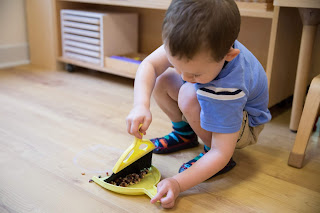Farm Blog - Late Summer/Early Fall

Hello Friends, A good rain has marked the fall equinox, and some telltale signs of the season are here. Yellow goldenrod and purple ironweed decorate the edges of pastures, and we harvested the first of many persimmons last week. As to be expected, a lot has happened in the last couple of months. Most students waste no time making this farm their own. We begin each day doing yoga with John before moving to the field to harvest. Many of you have supported the market on Thursdays (thank you!) and have seen what has come from the garden. One less visible product of all this work is the completed circle that some students have drawn, beginning last year. Farming is more than planting and harvesting. It ’s a wareness and response. Dependence and trust. Commitment and follow-through. When a child decides to eat a new vegetable (maybe that she has said previously she does not like), she does so because s...


